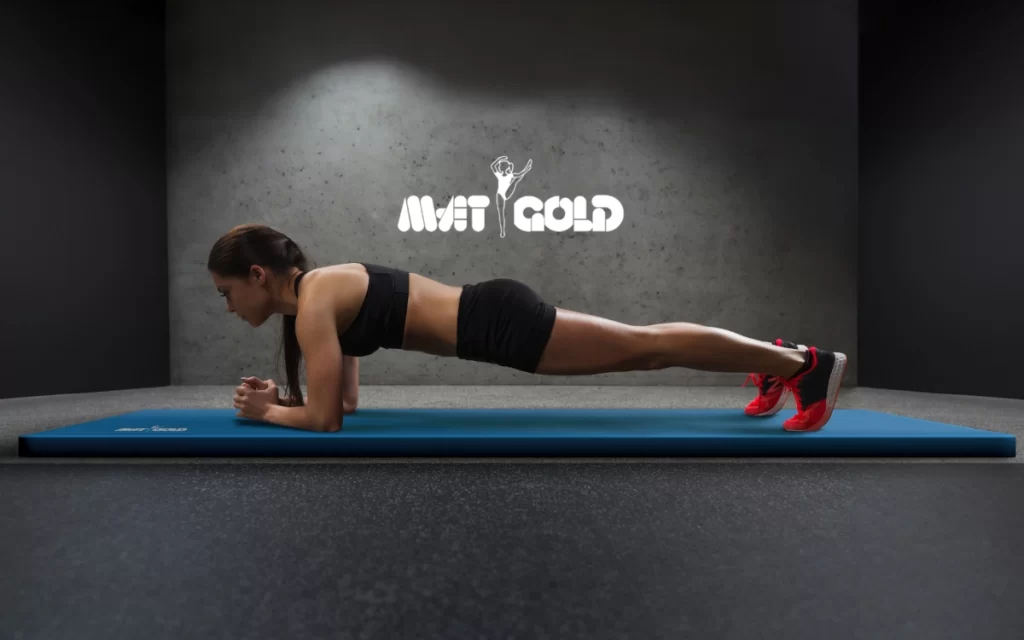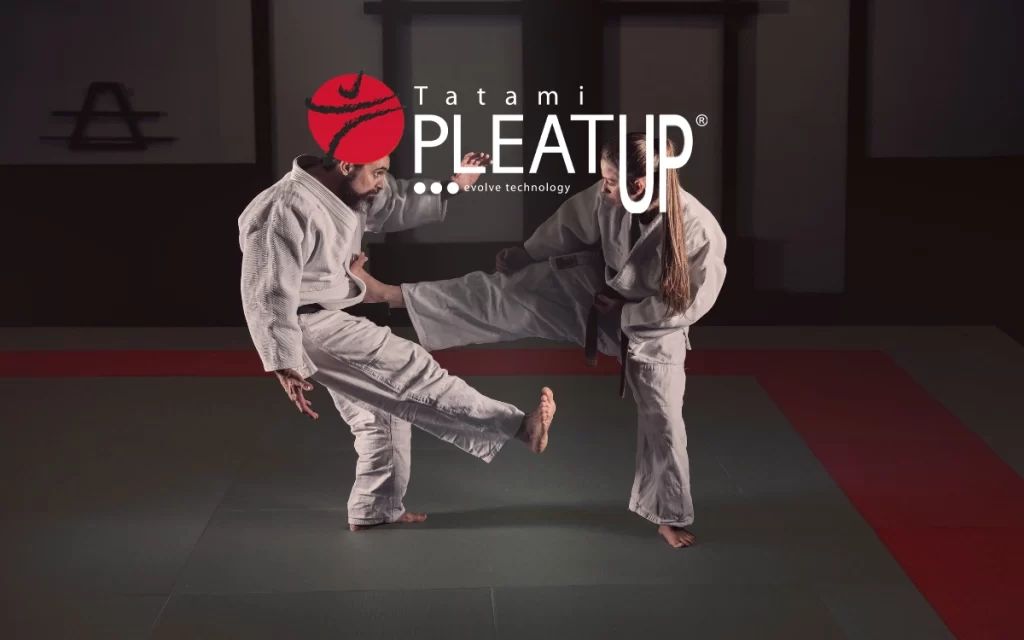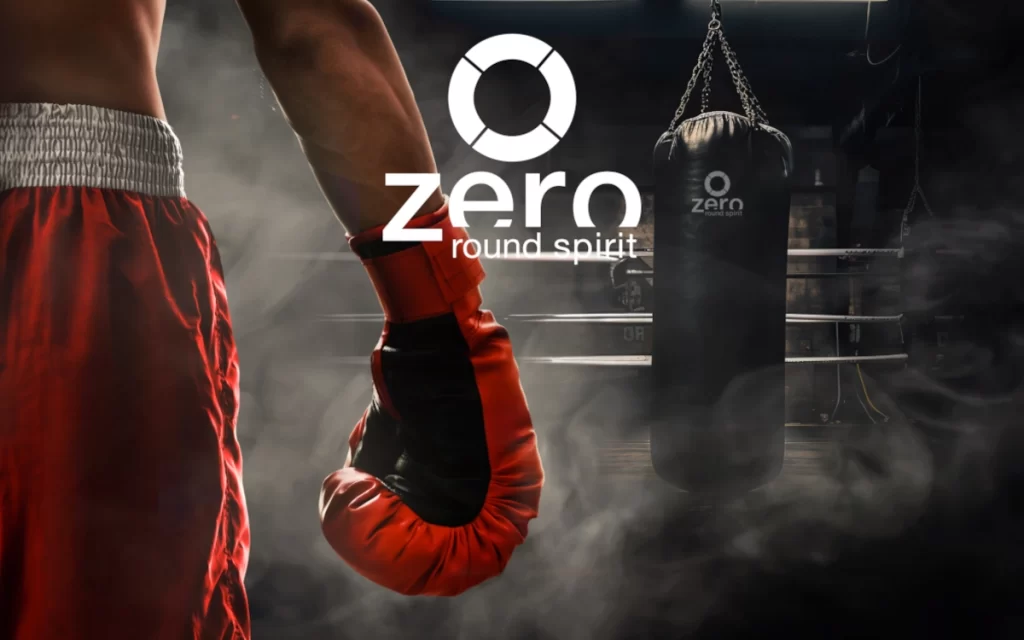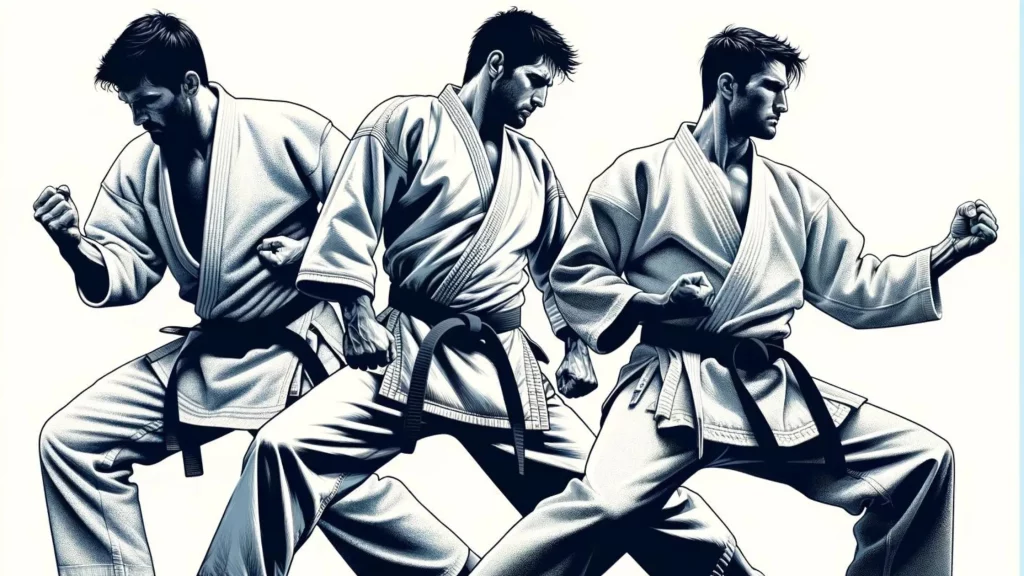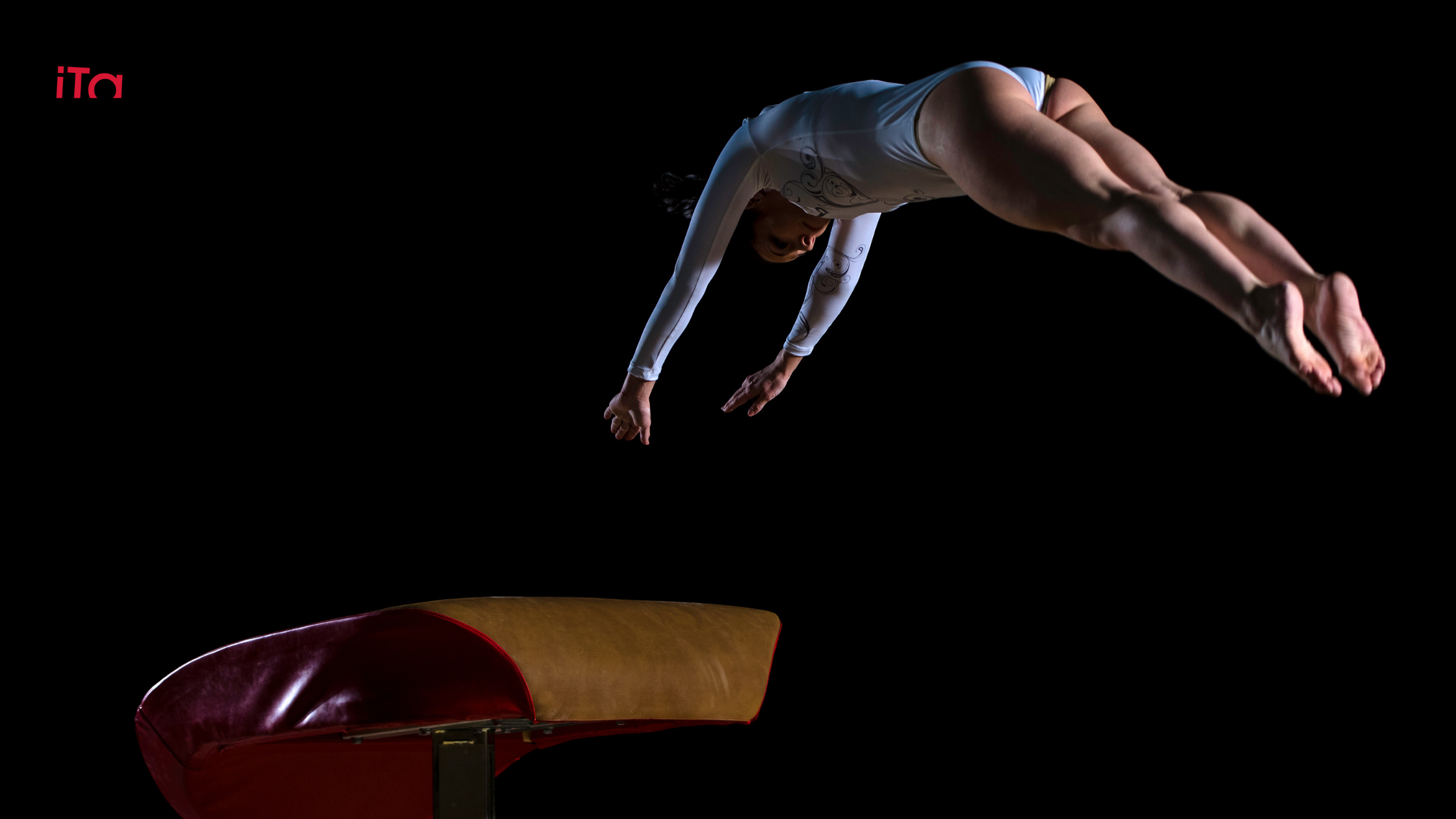Introduction to the History of Judo
Immersing ourselves in Japanese culture and tradition, we come across the history of judo, a journey that takes us back in time to the end of the 19th century. This path is not just one news of sporting events, but also a philosophy story, social evolution and, above all, of a practice that has transcended the borders of Japan to become a global phenomenon.
There birth of judo is intrinsically linked to figure of Jigoro Kano, an educator and thinker who saw martial arts not only as a form of self-defense but as a vehicle for the moral and physical development of the individual. Kano, distilling the essence of various existing martial disciplines, enunciated the judo as a practice in which "maximum efficiency with minimum effort” was not just a principle applied to combat, but a philosophy of life.
In the 1882 Kano founded the Kodokan, The first dojo in Tokyo dedicated to judo. This was not only a place for the teaching and practice of physical techniques, but a school where they were taught and lived ethical principles of judo: respect, courage, sincerity, honor, modesty, gratitude, self control And friendship. These values are still fundamental pillars of judo today and are taught to millions of practitioners around the world.
There vision of Kano was revolutionary: they he understood judo not only as a sporting discipline but as a medium for education. He firmly believed which, through the practice of judo, individuals could develop a strong and virtuous character, prepare to face life's challenges with determination and integrity. Judo, according to Kano, had to contribute to the formation of individuals useful to society.
With the opening of the Kodokan, the judo began to spread rapidly in Japan. Its practical applications in physical training, its philosophy focused on balance between mind, body and spirit, and the emphasis on moral training attracted the attention of many, transforming the judo into a fundamental component of Japanese education.
Judo has evolved over the years, but has maintained its deep roots philosophical. Lhe essence of what Kano taught at the Kodokan still resonates in the dojos today of all the world. Its inclusion as Olympic discipline in the 1964 Tokyo Games marked another important chapter in the history of judo, consolidating its own reputation as a sport of international standing and promoting its principles of respect and mutual understanding across national borders.
In this journey through the history of judo, we realize how this martial art has gone beyond the simple notion of sport to become a lifestyle, a means for personal development and a bridge between different cultures. The history of judo is a living expression of the search for harmony, the importance of education and the transformative power of the human spirit.
Content index
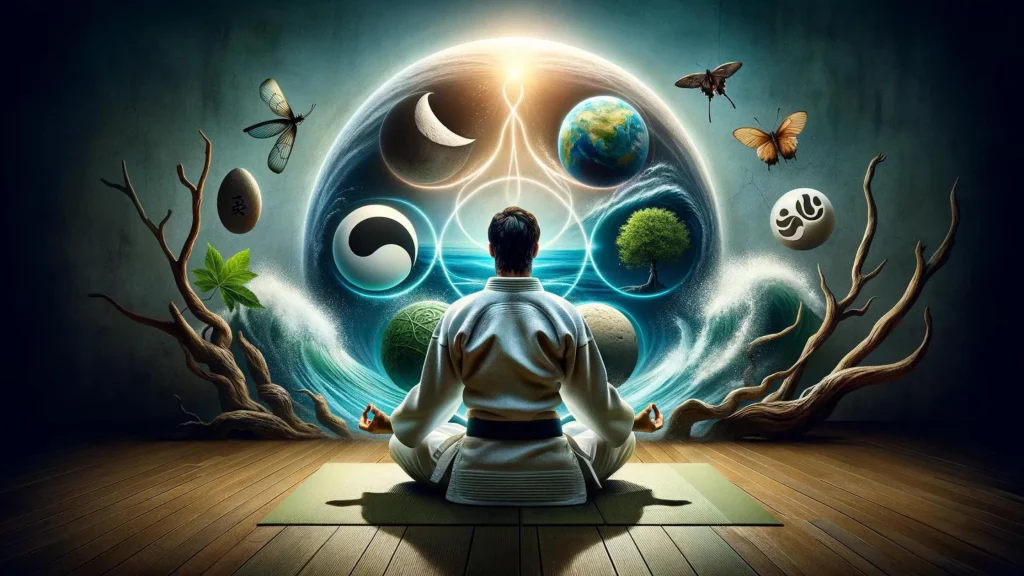
The Philosophy of Judo
In the At the heart of judo lies a profound philosophy, rooted in Japanese cultural fabric and reflected in its etymology. “Judo“, which in Japanese literally translates to “the way of compliance" or "the way of softness“, it is not simply a name but one statement of principles, an approach to life that values adaptability, strategic intelligence andbalance between strength and flexibility. This terminology not only describes the nature of the physical techniques used in this sport, but also the mental approach that a judoka (judo practitioner) must adopt in the face of challenges, both on the tatami and in everyday life.
The founder of judo, Jigoro Kano, was deeply influenced by the principles of Confucianism, which they emphasized self-perfection, mutual respect elbehavioral ethics. By incorporating these teachings into your judo practice, Kano developed a moral code which emphasized the well-being and growth of not only the individual but also the community. The fundamental principles of judo, “Seiryoku-Zenyo” (maximum efficiency) and “Jita-Kyoei” (mutual prosperity and benefit), reflect this philosophy, promoting theidea that personal success and the well-being of society are interconnected and that one cannot exist without the other.
“Seiryoku-Zenyo” encourages the use of forces intelligently and efficiently, not only in the execution of judo techniques but also in solving everyday problems. It teaches that, facing challenges with ingenuity and flexibility, significant results can be achieved without wasting energy. “Jita-Kyoei“, on the other hand, underlines the importance of solidarity and mutual help, reminding us that the real victory is the one that benefits everyone.
There judo practice, therefore, becomes a path towards self-improvement and deep understanding not only of martial techniques but also of themselves and others. Judo teaches that the truth power comes from the ability to be kind and strong at the same time, to deal with opponents in an honorable way and to always seek harmony and balance.
Through the rigor of training and the discipline required in practice, judokas develop not only physical skills but also moral qualities such as courage, sincerity, honor and modesty. These values, together with gratitude, self-control and friendship, form the moral fabric of judo and they are what distinguishes it as a form of education as much as a sporting discipline.
Ultimately, the philosophy of judo offers individuals a tool to live life with grace, resilience and a deep sense of connection with others. The practice of judo is a I continue to invite us to reflect on how we can drive fuller and more meaningful lives, engaging in a journey of personal growth that goes far beyond the tatami.

Evolution and Spread of Judo in the World
The judo, born in Japan in the second mid-19th century as martial discipline and a means of physical, moral and spiritual education, he embarked on an extraordinary journey that took him far beyond the borders of his native country. This journey has seen judo transform from educational practice to phenomenon global sportsman, demonstrating its ability to adapt and thrive in different cultural contexts.
There spread of judo outside Japan began atbeginning of the 20th century, marking the first step towards its internationalization. The Japanese emigrants, together with judo masters sent abroad to teach, were the main vehicles of this expansion. Countries like Brazil, The United States and the European nations they were between the first to welcome the judo Not only as a form of personal defense but also as a competitive sport and philosophy of life.
The internationalization process of judo received a significant boost with the founding of International Judo Federation (IJF) in 1951. The IJF was crucial For unify the rules of judo globally, facilitating the holding of international competitions and promoting the cultural exchange between practitioners from different countries. The admission of judo into Olympic program for the 1964 Tokyo Games it was a turning point as it brought the sport to a level of recognition and prestige never achieved before.
The presence of judo at the Olympicsthe not only did it increase its visibility and popularity worldwide but no strengthened its status as a discipline sporty founded on strong ethical principles. This exhibition helped to underline theuniqueness of judo: onemartial art that values respect, honor and reciprocity, as opposed to simple displays of physical strength.
Today the judo is practiced by millions of people in almost every country in the world, from children to the elderly, demonstrating its universality and its ability to adapt to different ages and physical abilities. His diffusion led to the creation of schools, dedicated judo clubs and associations, where the fundamental principles of judo are taught and practiced. His presence in schools as part of education courses physics, emphasizes the recognition of judo not only as sport but how tool for personal and social development.
There judo history is also dotted with stories of individuals which they have overcome personal challenges and cultural barriers, demonstrating the transformative impact this sport can have on people's lives. Olympic champions, revered masters and practitioners of all levels they share a common dedication to the values of judo, carrying forward the vision of Jigoro Kanor in a global context.
The evolution of judo from Japanese martial practice to Olympic sport and discipline global is a testament to its resilience, its ability to promote cultural integration and its lasting impact on individuals and societies around the world. The judo continues to be a bridge between different cultures, a means foreducation and thecar-improvement, a symbol of peace And mutual understanding.
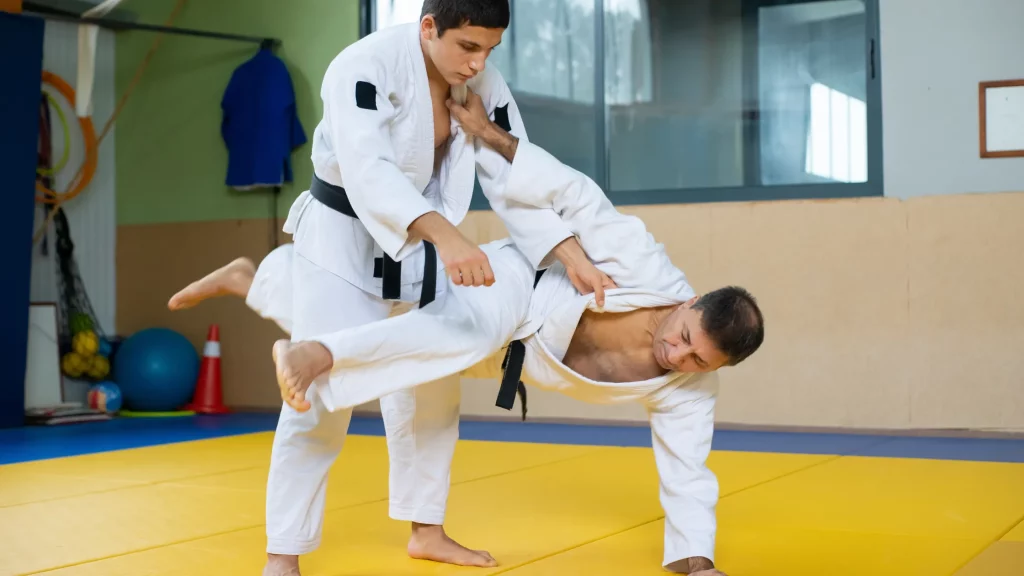
Techniques and Practices
At the center of the practice of judo lie its techniques, a set of movements and exercises which not only define the sport but also embody its philosophy. The judo techniques are categorized into different areas, each with a specific objective, which together form a complete defense and attack system. These categories include, among others, the projection techniques (Nage-waza), Of ground control (Katame-waza) and the forms of pre-order exercise (Kata).
Nage-waza (Projection Techniques)
The projection techniques maybe they are the most spectacular and recognizable in judo. The goal of these techniques is to exploit the opponent's strength and movement to throw him to the ground. These projections are divided into two main groups: the foot and leg techniques (Ashi-waza) and the arm and hand techniques (Tewaza). The effectiveness of these techniques lies in judoka's ability to balance precision, timing and fluidity of movement, embodying the principle of “maximum efficiency with minimum effort“.
Katame-waza (Ground Control Techniques)
Once the opponent is down, the ground control techniques. These include the fixed assets (Osae-waza), le strangulation techniques (Shime-waza) and the joint levers (Kansetsu-waza). These techniques require an in-depth understanding of mechanics of the human body and a large one sensitivity to movement and to opponent's resistance. Through the effective use of katame-waza, a judoka can control or force an opponent to surrender without the need for excessive force.
Kata (Forms)
The kata I am pre-arranged sequences of techniques performed with a partner. They serve as method of practice that allows judoka to refine and demonstrate techniques in a non-competitive context. Each kata is designed to teach specific judo principles and to convey technical and philosophical depth of discipline. The practice of kata is essential to fully understand judo and to develop a wide range of technical and tactical skills.
Progression through the Belts
Another fundamental aspect of judo and the graduation system, which reflects an individual's progress in practice. There progression through the belts, from white to black, it is a path that requires dedication, commitment and continuous technical and personal growth. Everything is fine belt represents a level of knowledge and skill, as well as a degree of maturity in the philosophy of judo. The black belt, in particular, is a symbol of excellence and deep understanding of the principles of judo, but also the beginning of a new path of learning and improvement.
There judo practice, with his techniques and the graduation system, offers a complete path to physical, mental and spiritual development. Through learning and perfection of judo techniques, i judoka they acquire not only martial skills but also interior strenght, discipline and a deep respect for others. Judo, in this sense, is much more than a sport: And a style of life that teaches how to face challenges with grace, resilience and integrity.
For judo practitioners, the choice of tatami right is essential for a safe and effective workout. Discover our different options, dto ours traditional tatami to the most modern tatami pleat up, perfect solutions for every training and competition need.
Tatami and Martial Arts
The link between the tatami and the martial arts Japanese is profound and significant, so much so that they consider the tatami not just a physical element but a true ally in martial practice. This close relationship arises from the need to guarantee safety and protection to athletes during training and competitions, where falls and impacts are commonplace. There peculiarities of the fighting tatami, with its structure capable of absorb shocks, makes it ideal for cushioning blows, minimizing the risk of accidents.
In the judo, as well as in other martial arts such as jiu-jitsu, aikido and the karate, the tatami takes on a central role, becoming a symbol of respect and dedication towards the art itself. Its use extends beyond the practical functionality; the tatami becomes an integral part of the ritual, where each athlete competes not only with his opponent but also with himself, in an environment that promotes respect for the rules and personal growth.
There choice of tatami for martial arts it is not random but is based on very specific criteria that take into account its composition and its ability to adequately respond to the needs of each discipline. Traditionally made with rice straw and covered with a woven fabric, the tatami offer a stable but at the same time flexible surface, a fundamental characteristic for the execution of techniques that require precision and control.
Lthe evolution of the tatami in the martial context it also saw the introduction of modern materials, which have improved its performance in terms of durability and maintenance, without however betraying its original spirit. These new tatamis, despite being more resistant and easier to clean, retain the necessary softness to ensure the safety of athletes.
The role of tatami in martial arts it therefore goes far beyond the simple function of flooring; it it is an element that embodies the values of respect, discipline And dedication that characterize these practices. His presence in the dojo And gyms it is not only functional but symbolic, representing a bridge between past and present, between tradition and innovation, in the spiritual and physical journey of martial arts practitioners.
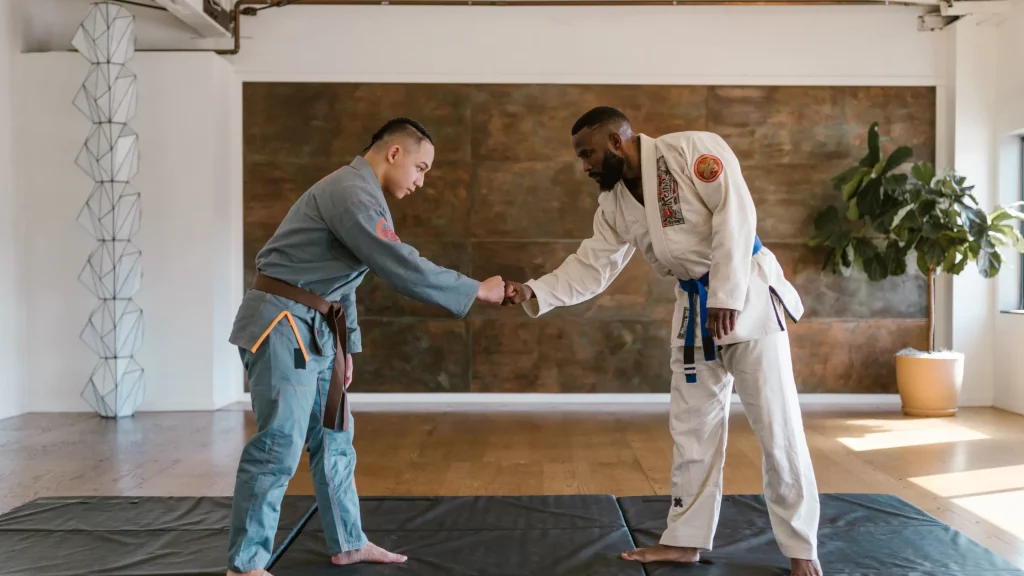
The Salute in Judo
The salute in judo, known as "Rei”, it's much more than one mere formality or a ceremonial gesture. It's an expression profound respect, gratitude And recognition, which reflects the fundamental values on which the entire discipline is based. This simple act, performed at the beginning and end of each practice session, of every meeting or competition, and when entering or leaving the dojo, represents a essential element of judo philosophy and emphasizes the importance of courtesy, mutual respect and humility.
Meaning
The "Rei” is rooted in Japanese cultural tradition and, in the context of judo, symbolizes deep respect for everything that contributes toexperience of martial practice. This includes respect for one's master and for ictraining partners, for the dojo as sacred learning space, and for the art of judo itself. The greeting it is also un moment of personal reflection, an opportunity to remember the ethical principles of judo such as lhonesty, sincerity and commitment to self-improvement and personal growth.
Importance
There greeting practice has a dual importance in judo: from a side strengthens cohesion and discipline within the community of judoka, dto the other it serves as a constant reminder of fundamental values of judo. This ritual act helps create an environment in which theego is put aside, facilitating an atmosphere of shared learning and mutual respect. In this context, judo rises from simple physical discipline with a spiritual and moral path.
The "Rei” manifests itself in two forms: the standing greeting (Ritsu-rei) and the I salute on my knees (Za-rei). The Ritsu-rei is typically used to greet at the beginning and end of class, while the Za-rei takes place on tatami, often at the beginning and end of practice with a specific partner. Both forms of greeting are intended to express gratitude and respect, but the Za-rei, in particular, is seen as aexpression of humility and recognition of the importance of the other in one's own growth in judo.
In a world where time and attention are increasingly fragmented, the salute in judo serves as a powerful reminder of the importance of human relations, empathy and community. For the judo practitioners, The Rei it is a moment of connection not only with others but also with oneself, aopportunity to reaffirm your commitment towards the principles of this ancient martial art.
The salute in judo it is a fundamental aspect that conveys respect, discipline And humility, elements which are at the heart of judo practice. Through this simple gesture, i judoka reaffirm the fundamental values of judo on a daily basis, promoting a respectful and supportive learning environment, essential for personal and martial development.
The respect for the dojo is central to the practice of judo, as well as the choice of tatami to practice on. Our Pleat-Up Classic tatami offers the perfect combination of tradition and quality, reflecting deep devotion that every judoka has for the practice site.
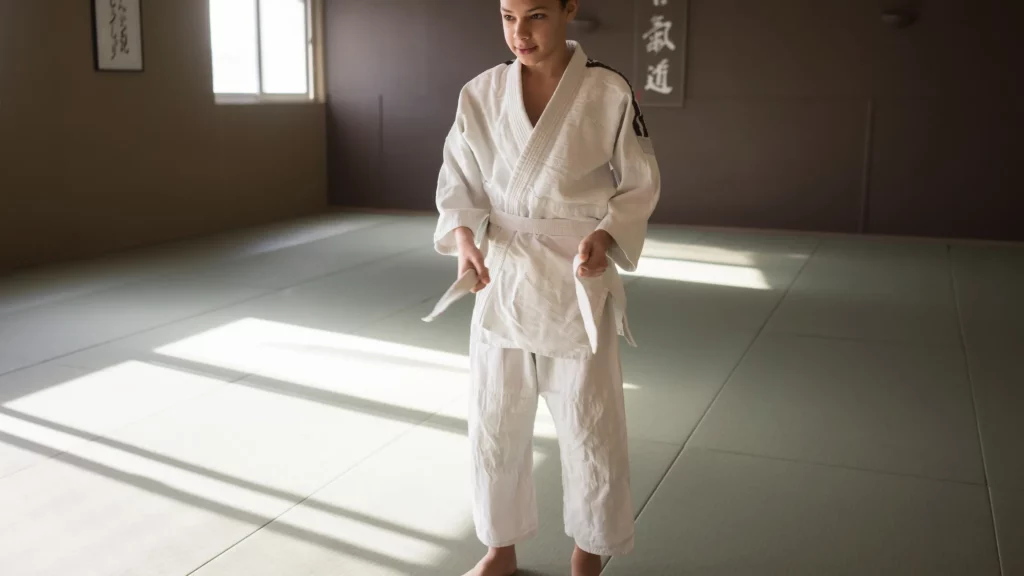
Competitive and Regulatory Aspects of Judo
Judo, in addition to being aMartial art rich in tradition and philosophy, is also one competitive sport which takes place following precise rules. Not only these rules ensure fairness and the safety of the fighting but they also reflect the fundamental values of judo, such as respect for the opponent and moral integrity. Understanding the competitive and regulatory aspects is essential for anyone participate in judo competitions, both as an athlete and as a spectator.
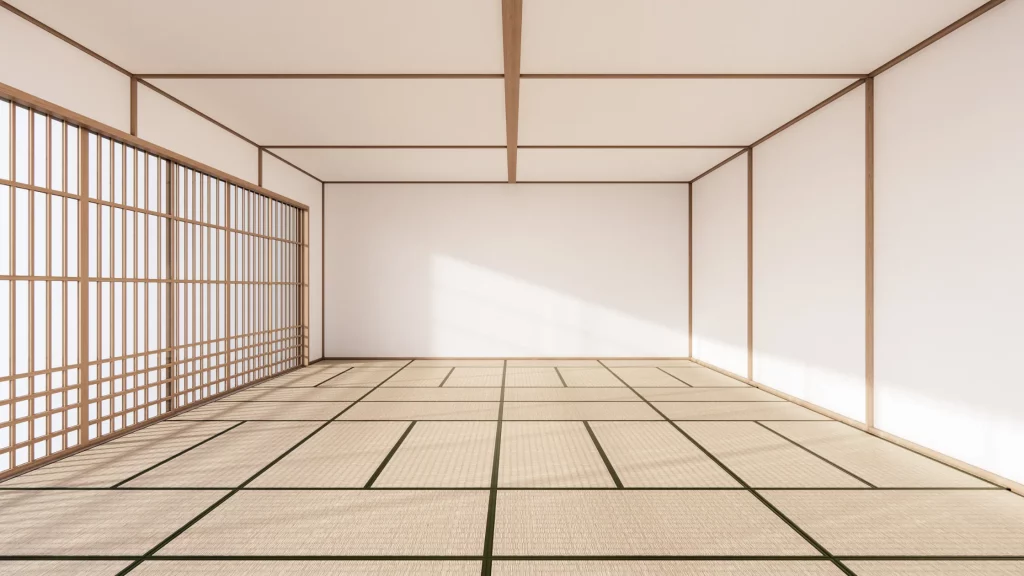
Main rules and match management
A judo match (“shiai“) si plays on acompetition area (“tatami“) with regulated dimensions. There duration of a encounter varies depending on the category of athletes, but for adults it is on average four minutes. L'goal for each judoka is to get a higher score than your opponent through the execution of throw techniques, ground control, chokes or joint locks.
Main rules and match management
THE scores in judo are assigned based on the effectiveness of a technique and are classified as follows:
Ippon: and the highest score that comes awarded for a perfectly executed throwing technique that brings the opponent to the ground with control, strength and speed, with the back completely in contact with the tatami. An ippon can also be achieved by immobilization lasting 20 seconds, a joint lock or a choke that forces the opponent to surrender. Obtaining an ippon determines the immediate end of the match with the victory of the athlete who performed it.
Waza-ari: and the score awarded for techniques that are near perfect but do not meet all the criteria for an ippon. Two waza-ari equal one ippon, determining the end of the match.
Yuko: Previously used for lower impact techniques, has now been removed by the regulations in force.
The penalty, or "shido", I am assigned for infringements of the rulesthe which passivity, avoid combat, grab the judogi (the uniform from judo) incorrectly or For non-sportsmanlike behaviors. While the shido do not add scores to the opponent, accumulate three shido in a match becomes a “hansoku-make” i.e. the disqualification for incorrect behavior, awarding victory to the opponent.
The purpose of judo in competition
While the rules and scores structure the competition, the purpose of judo goes beyond simply winning. The judo competitions they aim to test the ability, it spirit and the character of judokas, offering them the opportunity to demonstrate their commitment to judo principles such as respect, honor and the pursuit of excellence. Through competition, i Judokas learn to handle pressure, to face defeat and to persevere in the face of challenges, developing not only their own technical skills but also their inner strength and character.
The competitive and regulatory aspects of judo are conceived to ensure that every encounter is conducted fairly and safely, reflecting the fundamental values of this ancient martial art. There competition in judo offers athletes the opportunity to test the own ability and grow both technically and personally, respecting the spirit of continuous improvement which is the foundation of judo.
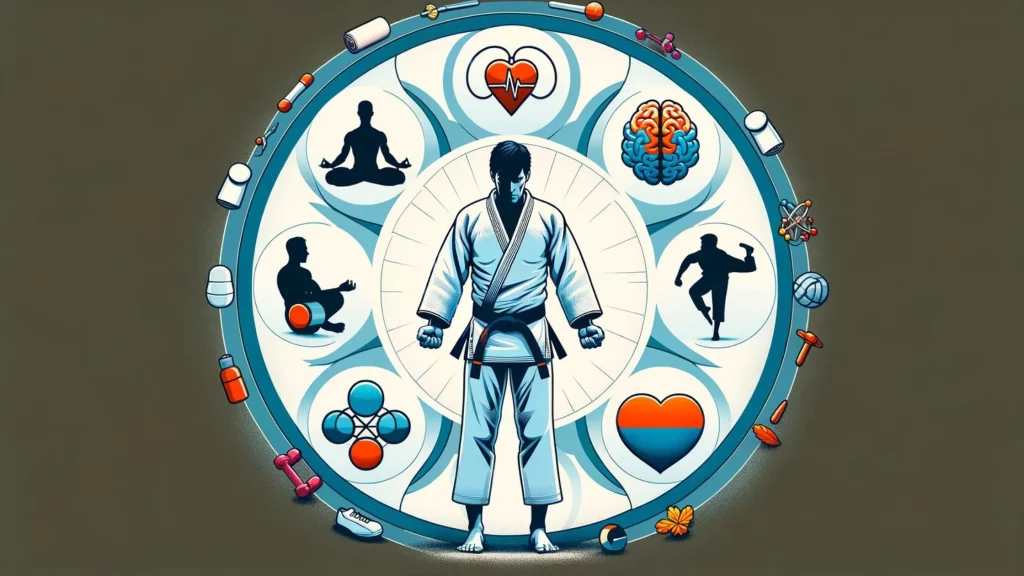
Benefits of Judo
Judo, in addition to be amartial art and an Olympic sport, offers numerous benefits which go far beyond the mere ability to defend oneself. Regular practice of judo positively affects aspects physicists And mental, contributing to a overall health and from a lasting well-being. Furthermore, understanding the muscle groups involved in this discipline helps to highlight theimportance of judo as a complete physical exercise.
Physical Aspects
Judo is an intense activity that requires strength, flexibility, agility and endurance. Among the main physical benefits are:
- Improved Muscle Strength: Projection techniques and Ground control movements require great muscle strength, especially in the core muscles, arms and legs.
- Increased Flexibility: Judoka regularly practice stretching to increase their flexibility, which is essential for effectively executing complex techniques and preventing injuries.
- Development of Cardiovascular Resistance: Judo matches, although short, are highly intense and improve cardiovascular endurance due to the rapid succession of movements energetic and periods of active recovery.
- Coordination and Agility: The practice of judo improves hand-eye coordination and agility, essential for executing dynamic techniques and responding promptly to the opponent's actions.
- Balance and Posture: Judo places great emphasis on balance, both in maintaining one's position and in trying to compromise that of the opponent. This aspect of the practice helps improve overall posture.
Mental Aspects
In addition to the physical benefits, judo also has a significant impact on the mind and emotional development:
- Discipline and Concentration: The discipline required in practice and the attention needed during meetings sharpen concentration and the ability to focus on specific objectives.
- Respect and Humility: The judo code of ethics teaches respect towards the master, opponents and oneself, promoting humility and the acceptance of defeat as an opportunity for learning.
- Stress and Emotion Management: The practice of judo helps manage stress and emotions through the intense physical exercise and meditation that often accompanies training.
- Self-esteem and self-confidence: Continuous improvement, achieving personal goals and overcoming one's limits increase self-esteem and confidence in one's abilities.
The Muscles Involved in Judo
The practice of judo involves most of the muscle groups of the body, with particular emphasis on:
- Core muscles: Fundamental for stability and strength in throwing techniques and ground control.
- Leg muscles and of the Buttocks: Essential for thrust, projection and maintaining balance.
- Arm and Shoulder Muscles: Involved in grabbing the opponent's judogi, throwing techniques and ground control.
- Back: The back muscles are crucial for maintaining good posture and performing effective techniques.
The Judo offers a complete workout that improves physical fitness, mental health and emotional well-being. The regular practice of this martial discipline not only prepares the individual to face the physical challenges but it also provides valuable tools for navigating the difficulties of daily life, promoting a balanced and healthy lifestyle.
There Judo practice offers incredible benefits for your body and mind, but it's important to make sure you have the right equipment to train at your best. For a versatile training experience, consider ours Pleat-Up Modular tatami, ideal for adapting to different martial disciplines.
Iconic Judo Figures
In the rich history of judo, many athletes have left a indelible mark, not just for theirs conquests on the tatami, but also for the way in which they embodied the principles and the philosophy of this sport. You can delve deeper into it history of the tatami from origins to combat to better understand the context in which these champions left their mark. Some of these iconic figures have become true legends, influencing generations of judoka with theirs techniques, theirs fighting spirit and their moral integrity.
Jigoro Kano
Starting any discussion about judo's iconic figures without mentioning its founder would be unthinkable. Born in 1860, Jigoro Kano not only created judo as a distinct martial discipline, but also established an ethic and philosophy that continues to guide the practice of judo throughout the world. His innovative approach to martial practice, with particular attention on safety, education and personal improvement, laid the foundation for the modern sport of judo.
Anton Geesink
The Dutch giant is perhaps best known for winning the gold medal in the 1964 Tokyo Olympic Games, becoming the first non-Japanese to win a world judo championship. His victory symbolized the universality of judo and its accessibility to athletes of all nationalities, forever changing the perception of the sport.
Yasuhiro Yamashita
One of the greatest judokas of all time, Yamashita maintained a'incredible streak of 203 consecutive matches without defeat. His impeccable technique, combined with a formidable fighting spirit, made him a legend in the sport. In addition to his achievements on the tatami, Yamashita is also known for his contributions to development of judo globally, both as an educator and as a sports administrator.
Franco Capelletti
The Italian who has been a reference in the world of judo for decades. In 2017 he was awarded the 10th dan by IJF president Marius Vizer. Over the years he has held various positions within the European Federation (EJU) and the international one (IJF) where he still holds the role of President of the IJF Kata commission.
Teddy Riner
The French judoka is one of the most decorated athletes in the history of judo, with a record ten world titles and two Olympic gold medals. His dominance in the heavyweight category redefined the standard of excellence in the sport, making him a role model for judokas around the world.
Ryoko Tani
Also known as “Yawara-chan“, Ryoko Tani is considered one of the greatest female judokas Of all times. He won five Olympic gold medals and seven world titles, dominating the lightest weight category for nearly two decades. In addition to her incredible performances on the tatami, Tani is admired for her sportsmanship and dedication to judo.
These iconic figures they helped shape judo, not only through their victories and titles won but also through theirs commitment to living the fundamental principles of this sport. Their legacy goes beyond records and medals, inspiring judokas of all ages to pursue excellence, both on and off the tatami. There history of judo it is full of athletes who have proven that true success is measured not only through victories but also through respect, humility and the continuous desire to improve.
Judo Today
Popularity and Modern Practices
Today judo is more popular than ever with millions of practitioners around the world it's a consolidated presence in numerous international sporting events, including the Olympic Games. This growth testifies to the universality of its values and the effectiveness of its techniques. The judo schools, clubs and organizations continue to proliferate, offering dedicated spaces where practitioners of all ages can learn and grow under the guidance of expert instructors.
The modern judo practices they are not limited to the physical aspector: there is a growing emphasis on personal development, on the mental well-being and on the construction of one supportive community. Furthermore, the use of digital technologies for education and training has opened up new avenues for learning and knowledge sharing, making judo accessible to a wider audience.
Judo and Sustainability
The tr. bondto judo and I knowsustainability may not be immediately apparent, but many in the judo world are starting to recognize the importance of sustainable practices. This includes the use of eco-sustainable materials for judogi and tatami, the eco-friendly management of events and competitions, the promotion of an environmentally friendly lifestyle among practitioners. The ethos of judo, which emphasizes respect for oneself, others and the environment, naturally aligns with the principles of sustainability.
Beyond the Tatami: Future Prospects and Impact of Judo
Judo, with its deep roots in Japanese culture and his universal principles, remains a dynamic discipline that is constantly evolving. His ability to adapt to the changes of the modern world, while maintaining the fundamental values of respect, integrity and personal improvement, ensures this the importance for generations to come.
The Judo's future looks bright with a growing interest not only as a competitive sport but also as a means of physical and moral education. The challenge for judo community will be to maintain thebalance between tradition and innovation, ensuring that this ancient martial art continues to thrive in a rapidly changing world.
The growing attention towards issues such as eco-sustainability demonstrates judo's ability to contribute to important global dialogues, highlighting the role sport can play in promoting a respectful and conscious lifestyle. For those looking for equipment made in Italy with the utmost care, we recommend you visit our section dedicated to judo tatami made in Italyy or scoopen ours eco-sustainable green tatami.
As we could read in this article, the history of judo it is not simply one sport or amartial art: it's a choice dthe life it offers precious tools for personal development, resilience and mutual respect. As we look to the future, judo will continue to inspire, educate and unite people, regardless of their origin, in the common pursuit of excellence, harmony and balance.

